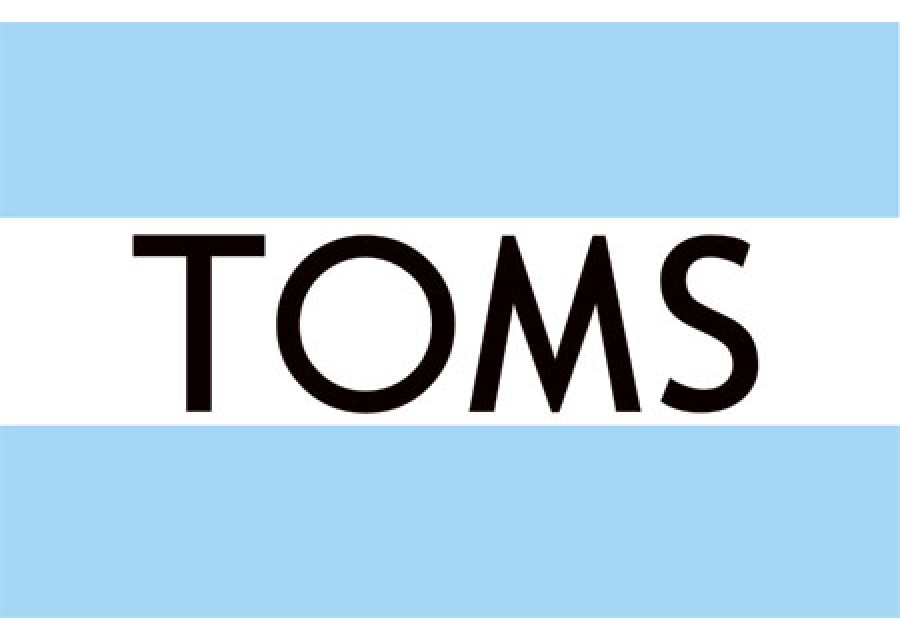TOMS shoes` business model of providing a needy child a pair of shoes when a pair of its shoes is purchased has captured world-wide attention. This “one-for one” idea registers well on paper; TOMS can create profits by attracting customers who connect to the idea, while also catering to millions who lack proper footwear.
However, one-for-one models stimulate dependency without breaking the cycle of poverty. This has been a frequently discussed topic by world leaders and politicians. Many agree that providing aid is just a Band-Aid solution to a gaping wound. It doesn’t empower and motivate the helped. It is literally long-term spoon feeding.
Aid is necessary. Providing footwear and basic necessities where none are available is a commendable cause. However, as implied in the Skoll World Forum discussion on Social Entrepreneurship, social entrepreneurs must be drivers of transformation who innovate, not by modifying aid systems, but by creating employment in practical ways, providing people with tools and knowledge to build homes, and not by just building homes for them.
“Teach a man to fish”, they say. By micro financing like Mohammed Yunus or stimulating female employment like Hindustan Lever`s Project Shakti social entrepreneurs can help the needy live independent and self-respecting lives.

